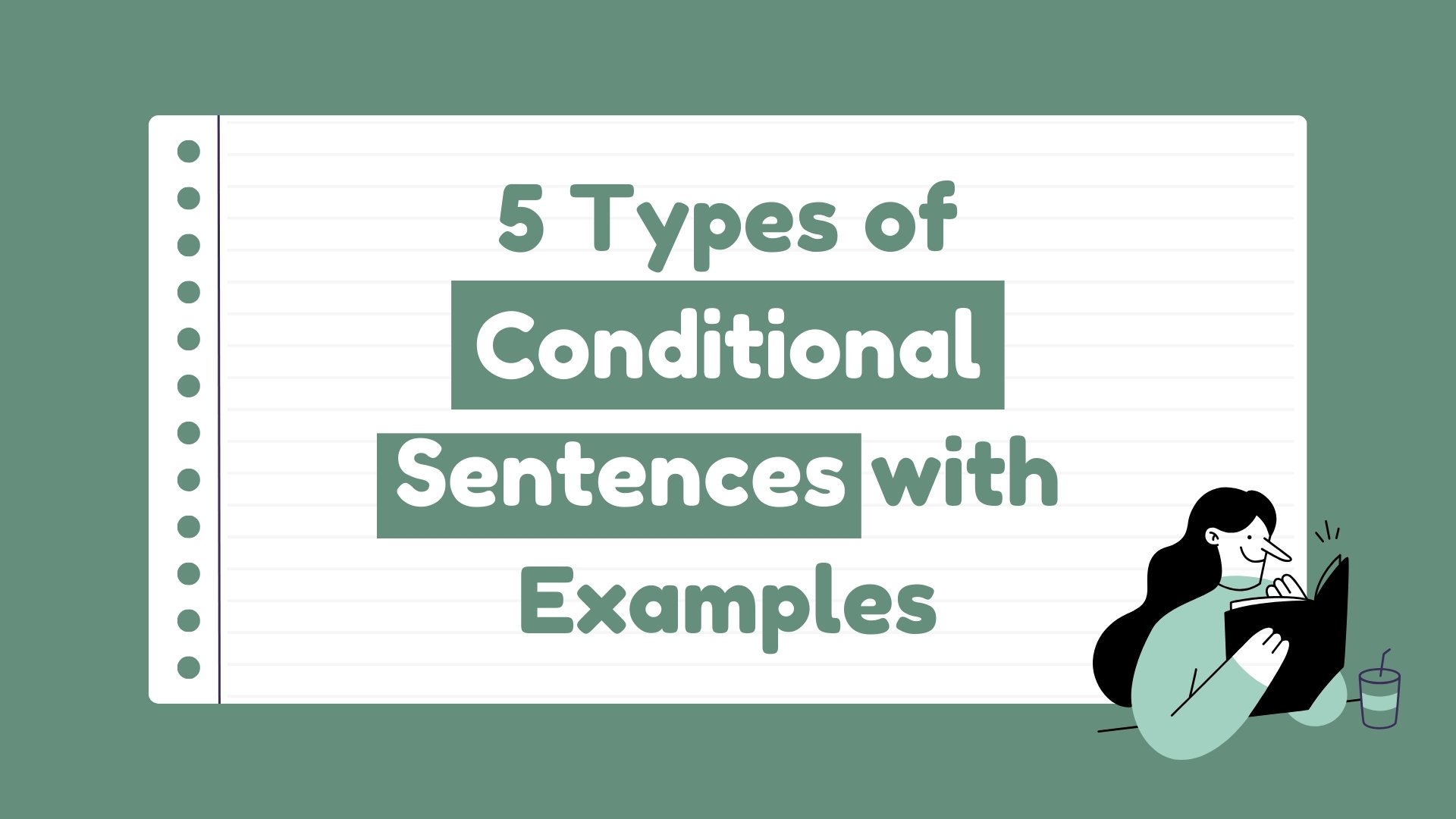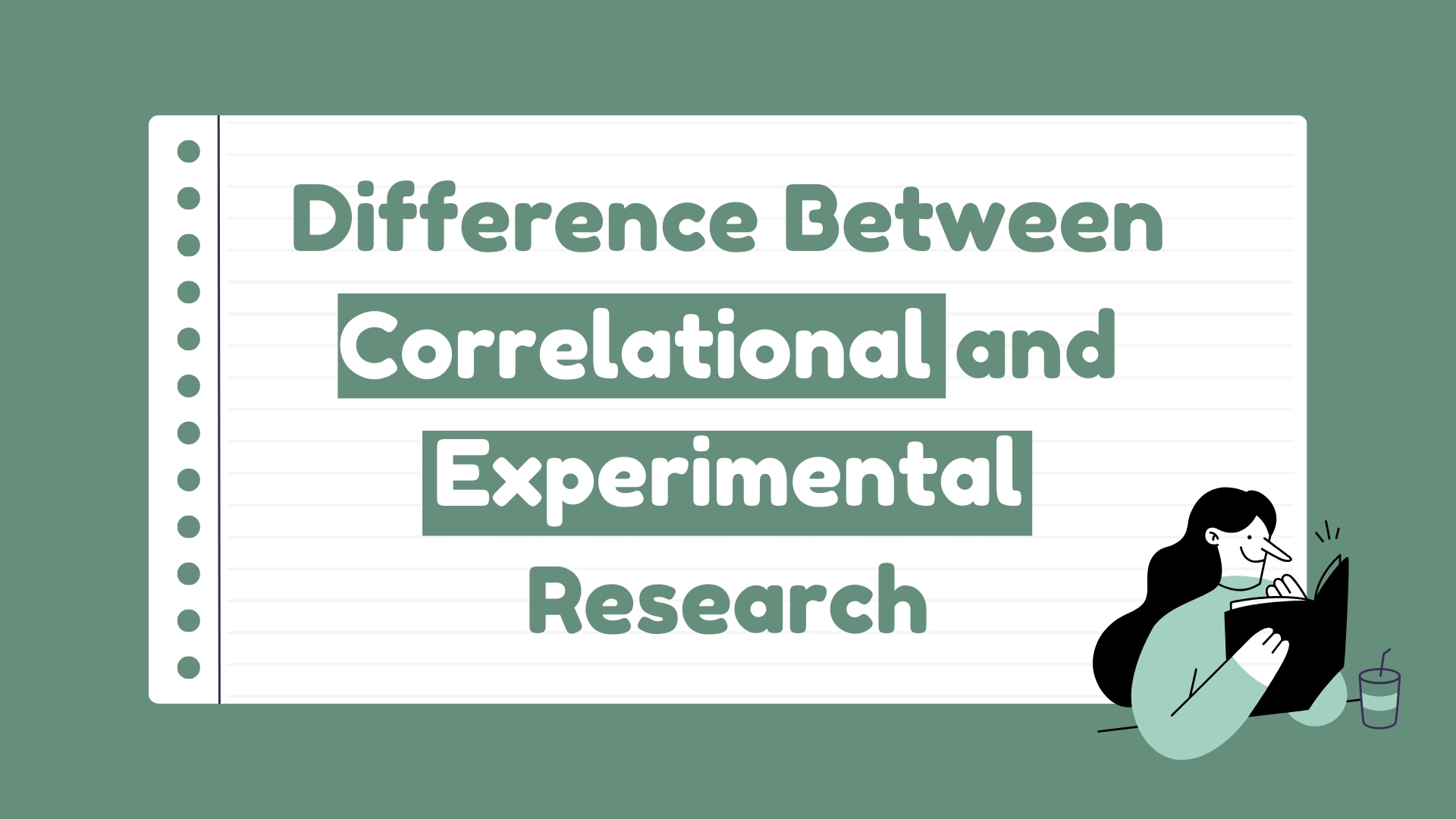Epithets are powerful linguistic tools that have shaped language and literature for centuries. These short phrases or words help describe people, places, or things in a way that’s easy to remember.
From old stories to modern nicknames, epithets can take big ideas and make them simple and catchy. In this article, we’ll explore what epithets are, the different kinds, and why they’re important in different situations.
Whether you love reading, learning about language, or want to know more about the power of words, learning about epithets can help you understand language better.
Let’s take a closer look at these language tools and see how they still influence the way we express ourselves today.
Table of Contents
What is an epithet?
An epithet is a descriptive word or phrase used to characterize a person, place, or thing.
It serves as a quick, often memorable way to highlight a distinctive quality or attribute of the subject.
Epithets can be complimentary, neutral, or pejorative, depending on their context and usage. They are commonly found in literature, poetry, and everyday language, often becoming closely associated with the person or thing they describe.
Why Use Epithets in Writing?
Using epithets in writing serves many important purposes:
Characterization: Epithets help readers quickly understand the main qualities of a person, place, or thing.
Memorability: Epithets make it easier for readers to remember important people or ideas by linking them to a special phrase.
Emotional Impact: The right epithet can make readers feel a certain way about the subject.
Brevity: Epithets are a shortcut for describing complex ideas or people in just a few words.
Poetic Effect: In poetry and writing, epithets can add rhythm, rhyme, or style that makes the writing more enjoyable.
Cultural References: Epithets often carry important cultural or historical meaning that writers can use to connect with readers.
Emphasis: Repeating an epithet can help stress key points or themes about a subject.
Tone Setting: The epithet chosen can help set the tone of the writing, whether it’s formal, informal, serious, or funny.
Types of epithets
Here are the three types of epithets you’ve mentioned:
1. Fixed Epithets:
Fixed epithets are descriptive phrases that are used to describe a particular person, place, or thing. They often become so closely associated with their subject that they’re used almost like a title.
Examples:
- “Wise Odysseus” in Homer’s epics
- “The Iron Lady” for Margaret Thatcher
- “The Eternal City” for Rome
2. Argumentative Epithets:
Argumentative epithets are used to make a point or support an argument. They’re often used in persuasive writing or speech to characterize someone or something in a way that aligns with the speaker’s or writer’s perspective.
Examples:
- Referring to a political opponent as “the corrupt senator”
- Describing a proposed law as “the job-killing bill”
- Calling a controversial figure “the polarizing celebrity”
3. Kenning:
Kenning is a type of compound epithet, typically found in Old English and Norse poetry. It’s a figurative phrase used in place of a simple noun, often combining two words to form a poetic description.
Examples:
- “Whale-road” for the sea
- “Sky-candle” for the sun
- “Battle-sweat” for blood
Ready to transform your writing experience?
Sign up for Blainy today and start writing your papers with confidence!
How to use epithets in writing
Using epithets effectively in writing requires thoughtful consideration and practice. Here are some guidelines on how to use epithets in your writing:
- Choose wisely: Select epithets that accurately and vividly capture the essence of your subject. Ensure they align with the tone and purpose of your writing.
- Use sparingly: Overuse of epithets can make your writing feel cluttered or repetitive. Use them strategically for maximum impact.
- Vary your epithets: If you are referring to same subject many times, consider using different epithets. This will provide a more rounder description and maintain reader interest.
- Consider context: The same epithet can have different connotations in different contexts. Be aware of how your chosen epithet might be interpreted by your audience.
- Be original: Try to create fresh and imaginative epithets to make your writing more engaging.
- Highlight Key Traits: Use epithets to point out the most important qualities or characteristics in your story or argument.Be Consistent: If you use a special epithet to describe someone or something, keep using it the same way throughout your writing.
- Balance with other descriptive techniques: Combine epithets with other forms of description to create a rich, multifaceted portrayal of your subject.
- Consider rhythm and sound: When writing poetry or stories with a strong rhythm, choose epithets that sound good and fit the beat of your words.
- Be mindful of cultural sensitivity: Avoid epithets that could be considered offensive or reinforce negative stereotypes.
Epithet examples
Epithets are widely used across various forms of literature, historical texts, and everyday language. Here are some notable examples to illustrate their use and impact:
1. In Classical Literature:
- “Swift-footed Achilles” (Homer’s Iliad)
- “Grey-eyed Athena” (Greek mythology)
- “Rosy-fingered Dawn” (Homer’s Odyssey)
These epithets in ancient Greek literature often highlight key attributes of gods and heroes, making them easily recognizable to the audience.
2. In Historical and Political Contexts:
- “The Iron Lady” (Margaret Thatcher)
- “The Great Emancipator” (Abraham Lincoln)
- “The Sun King” (Louis XIV of France)
Such epithets encapsulate the perceived character or achievements of historical figures. It often become inseparable from their public image.
3. In Modern Literature:
- “The Boy Who Lived” (Harry Potter in J.K. Rowling’s series)
- “The Dark Knight” (Batman in DC Comics)
- “The Mother of Dragons” (Daenerys Targaryen in George R.R. Martin’s A Song of Ice and Fire)
These examples show how epithets can create memorable character identities in contemporary fiction.
4. In Nature and Geography:
- “The Eternal City” (Rome)
- “The Big Apple” (New York City)
- “The Pearl of the Orient” (Hong Kong)
Geographical epithets often highlight a location’s notable features or cultural significance.
5. In Everyday Language:
- “The beautiful game” (football/soccer)
- “The king of pop” (Michael Jackson)
- “The silver screen” (cinema)
These examples show how epithets can become part of common parlance, often used in media and casual conversation.
6. Kennings in Old English Poetry:
- “Whale-road” (the sea)
- “Battle-light” (sword)
- “Word-hoard” (vocabulary)
These compound epithets showcase the poetic creativity in Old English literature, particularly in works like Beowulf.
Frequently asked questions
What is an epithet with an example?
An epithet is a descriptive word or phrase used to characterize a person, place, or thing. For example, “Alexander the Great” is a well-known epithet where “the Great” describes Alexander’s renowned status as a conqueror and ruler.
What does your epithet mean?
“Your epithet” refers to a descriptive phrase or nickname that characterizes you personally. It could be based on your qualities, achievements, or how others perceive you. For instance, if you’re known for your wisdom, your epithet might be “the Wise One.”
What is the synonym of epithet?
Common synonyms for epithet include nickname, sobriquet, moniker, appellation, and designation. These terms can often be used interchangeably, though each may carry slightly different connotations depending on the context.
Is an epithet negative?
Epithets are not inherently negative. They can be positive (like “the Good” in “Good Queen Bess”), neutral (such as “the Bard” for Shakespeare), or negative (as in “Ivan the Terrible”). The nature of an epithet depends on its intended meaning and the context in which it’s used.







